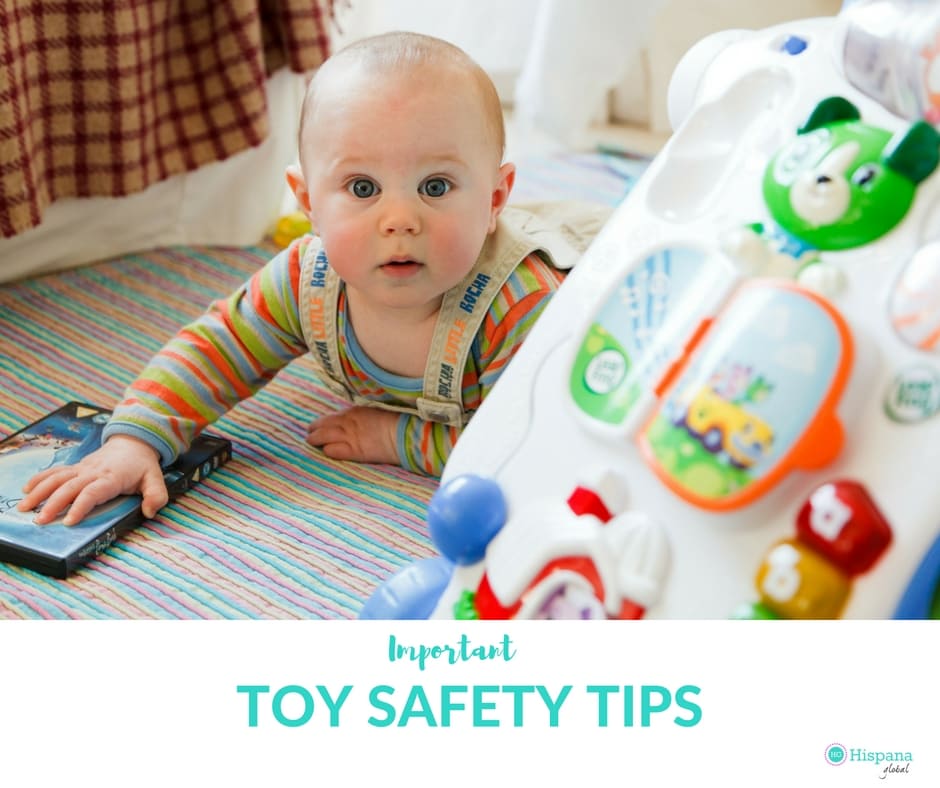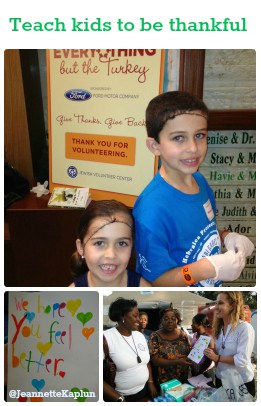7 Toy Safety Tips All Parents Should Know

During the holiday season, parents usually are worried about finding the perfect gift for their children, while overlooking toy safety. For example, it’s tempting to ignore the recommended ages on a toy’s packaging because your kid is very advanced. However, we forget that children younger than 3 can choke if they put small objects in their mouths.
Through my collaboration with Baptist Health South Florida, I learned that there are several ways to prevent accidents. After all, the last thing we want during the holidays is to have to visit the ER! In many cases, injuries are preventable, says Joseph Scott, M.D., chair and medical director of emergency medicine at West Kendall Baptist Hospital. He advises parents to be vigilant and not assume a toy is safe.
Many parents don’t realize that the Consumer Product Safety Commission does not test all toys, and that not all products online or in stores meet safety standards. That is one of the reasons we need to learn more about toy safety.
Toy safety tips
To help avoid injuries all year round, keep in mind these tips:
- Children need adult supervision. This is especially true with young children. Don’t be distracted, though! Simply being in the same place as your child is not enough if you are looking at your phone. Be clear with your babysitter and other caregivers on this point. Accidents and injuries can happen in mere seconds.
- Follow age guidelines. Consider your child’s age when purchasing a toy. Age recommendations on toys have nothing to do with intelligence and everything to do with safety.
- Avoid choking hazards. Choking is a leading cause of toy-related deaths among young children. Most of these deaths are attributed to small balls, deflated latex balloons and small items that break off and end up in a curious child’s mouth. The toy should be too big to pass through a toilet paper roll, making it less likely it can lodge in your child’s throat. Toys for older kids should be stored separately from those of younger children.
- Don’t skimp on protective gear. If you’re buying anything with wheels, purchase appropriate protective gear such as helmets, kneepads and wrist guards. This applies to all ride-on toys, from bicycles to scooters, skateboards and skates. “If it has wheels, a child will fall off of it,” Dr. Scott warned. Protective gear should fit properly and be used every time, no exception. It’s not just scrapes and broken bones you’re guarding against; falls can cause life-threatening head injuries. Statistics from the CPSC show riding toys are associated with more injuries and deaths than any other toys.
- Watch the volume. Make sure a toy isn’t too loud for your child. The National Health and Nutrition Examination Survey found that one in five U.S. children will have some degree of hearing loss by age 12, partly due to toys and items such as music players that emit loud sounds.
- Avoid long cords or strings. Toys with strings, straps, cords, ribbons and loops can pose a strangulation hazard to young children. Strings and such should be no longer than 8-12 inches.
- Batteries can be dangerous! Beware of button batteries in many of today’s toys. If ingested, they can become lodged in the esophagus, causing serious injury and even death. All batteries in toys should be secured in cases with screws so that kids cannot access them. If your child swallows a button or lithium battery from any source, go immediately to the ER.
There is even more information that parents and caregivers should know. Make sure to check out all the safety tips Baptist Health South Florida has on its blog.
Disclosure: this post is part of a sponsored collaboration with Baptist Health South Florida but all opinions are my own.







